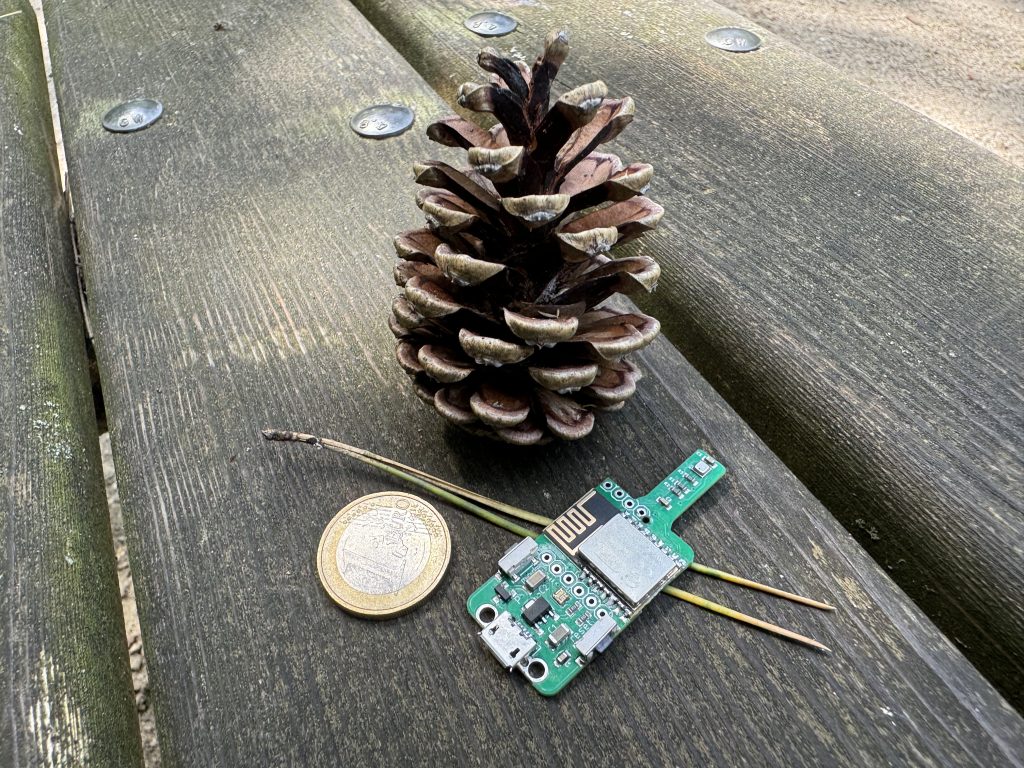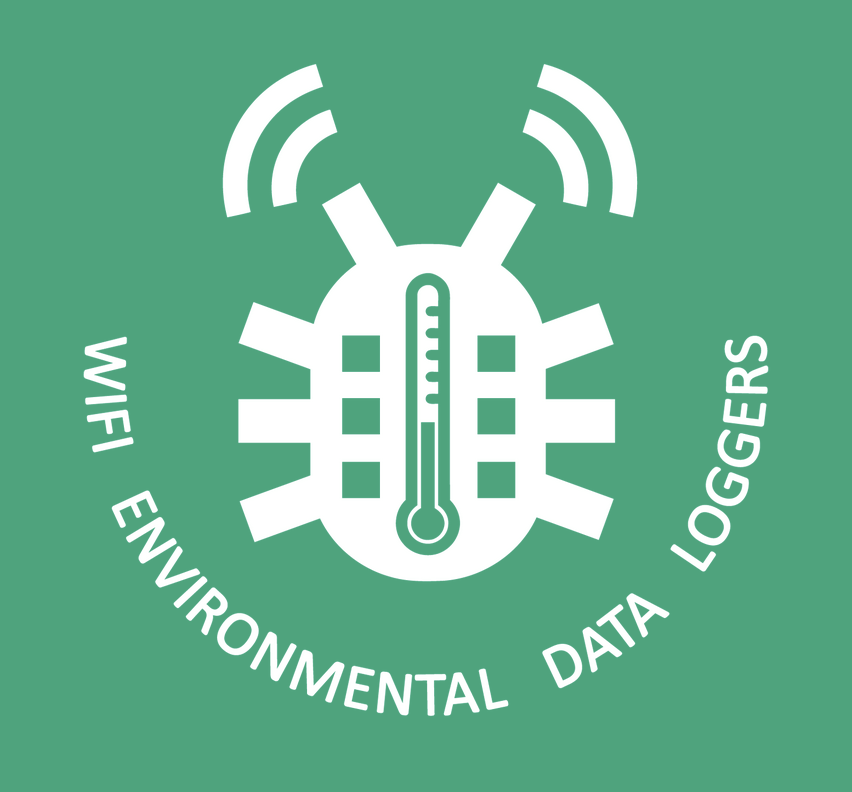
Mini weather station with WIFI connectivity.
A temperature and humidity sensor at home serves several purposes:
Comfort: It helps maintain a comfortable indoor environment by allowing you to adjust heating, ventilation, and air conditioning (HVAC) systems according to temperature and humidity levels.
Health: Monitoring humidity levels can prevent mold growth, which can cause respiratory issues and allergies. Additionally, maintaining optimal humidity levels can help alleviate dry skin and respiratory irritation.
Energy Efficiency: By accurately measuring temperature and humidity, you can optimize HVAC settings to reduce energy consumption and lower utility bills.
Protection of Belongings: Certain items like musical instruments, artwork, and electronics are sensitive to humidity levels. Monitoring and controlling humidity can help protect these belongings from damage.
Early Warning: Fluctuations in temperature and humidity can sometimes indicate issues such as leaks, poor insulation, or HVAC malfunctions. Detecting these early can prevent costly repairs and damage to property.
https://www.tindie.com/products/11871
Suitable Humidity Ranges for People:
- <30%: Dry air, causing skin and respiratory issues.
- 30-40%: Lower end of comfort, still suitable for many.
- 40-60%: Ideal range, comfortable and reduces health risks.
- >60%: Encourages mold and dust mites, difficult breathing.
Which environmental data it measures?
- Temperature in Celsius or Fahrenheit
- Humidity in Percentage
- Barometric air pressure in inHg or hPa
- Dew point in Celsius or Fahrenheit
Which sensor type it uses?
It uses a high precision Temperature, Humidity and Barometric Air Pressure sensor:
- Type: BME280 sensor
- Accuracy resolution: 0.1
- Barometric pressure range: 300-1100 hPa
- Temperature range: -40-85°C
- Humidity range: 0-100%
- Barometric pressure precision: ±1 hPa absolute accuracy
- Temperature measurement precision: ±1.0°C
- Humidity precision: ±3%
OR
- Type: ATH20 sensor
- Operating Temperature -40–85°C
- Temperature Sensor Range -40–85°C, with ±0.3°C accuracy
- Humidity Sensor Range 0% – 100% (Relative Humidity), with ±2% accuracy
Which data serving options are available?
- Sending data to a free cloud data logging service at tehybug.com
- Sending data via HTTP POST or GET request to a custom remote Web Server
- Sending data to a custom MQTT broker
- Serving data as a Web-Server on port 80 in form of HTML code or JSON format.
- Receive alerts with a sensor to your mobile phone or via email.
What is it?
TeHyBug (Temperature Humidity Spy Bug) is an ultimate low power environmental data spy-bug for your home. It logs an environmental data periodically and sends it to the TeHyBug-Server, your own web server or MQTT broker like a Raspberry Pi, where you can view the data in a nice daily/hourly graph. Measure the environmental data in your private server room, basement, storeroom, library, etc..
What you get?
- A soldered, ready to use TeHyBug with optionaly available 3D Printed enclosure and USB Cable.
- The module includes pre-flashed and preinstalled environmental data logging software.
- Detailed first start instructions.
How to start data logging with it?
Before going live with environmental data measurement, you’ll have to connect your TeHyBug with a browser to set up an HTTP URL of the data web server and provide your wifi network credentials for internet connection.
- use a tehybug.com server as a data server (you’ll have to signup at tehybug.com for this and provide your unique TeHyBug key in your account),
- or to use your own web host like Raspberry Pi or any other web host for data fetching where you’ll be able to set your own custom URL,
- or to use your own MQTT broker like Raspberry Pi or any other MQTT broker for publishing sensor data where you’ll be able to set your own MQTT host,
- or use Blynk, thingspeak or Domoticz home automation system for logging and displaying data.

Leave a Reply